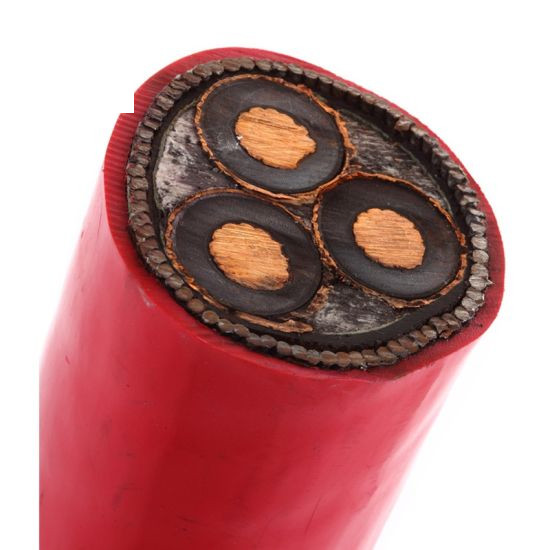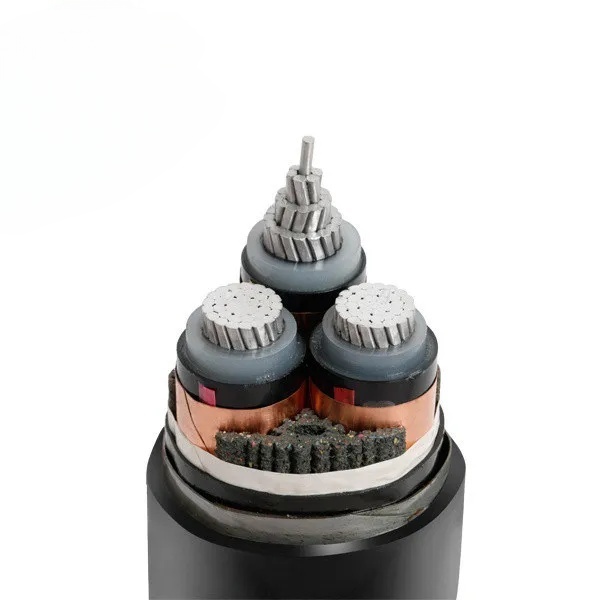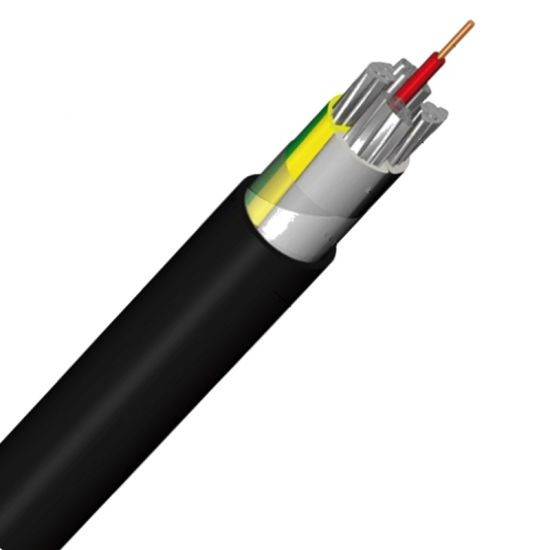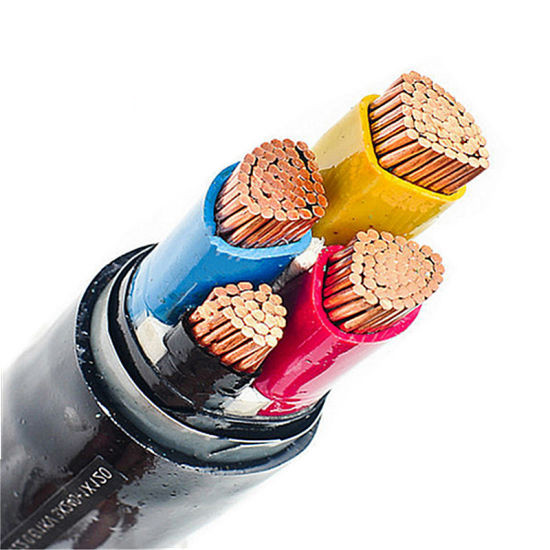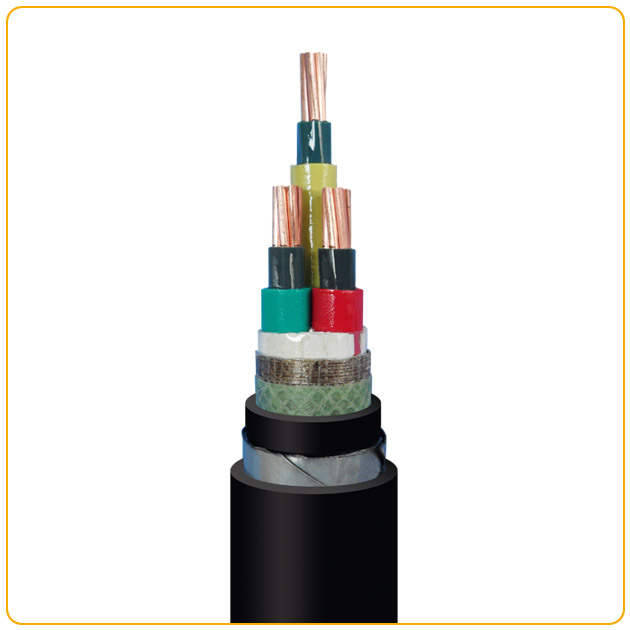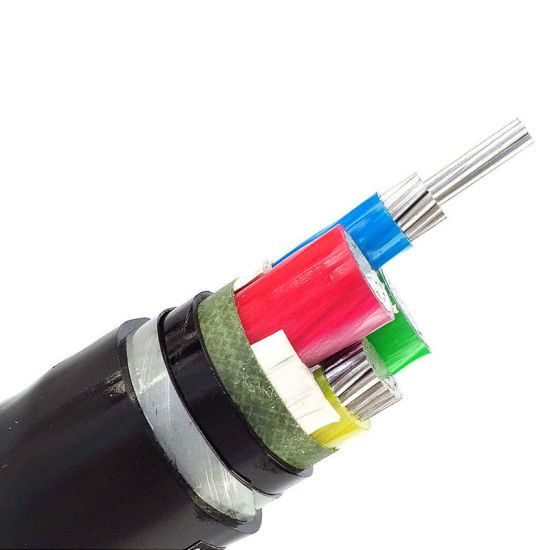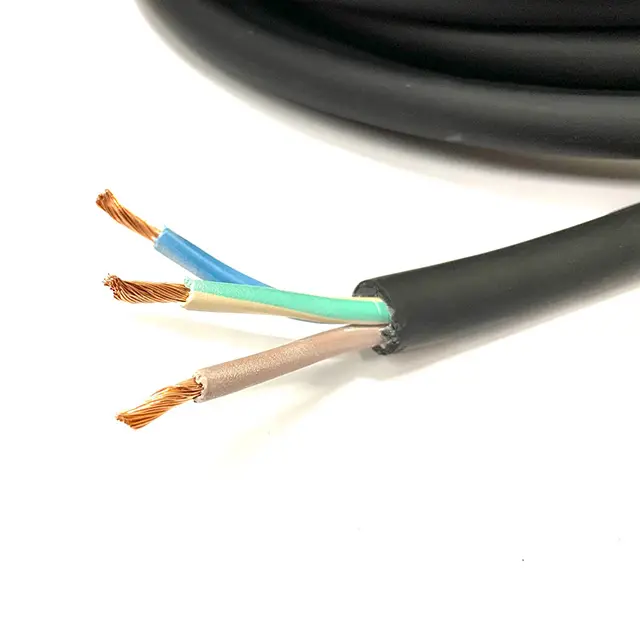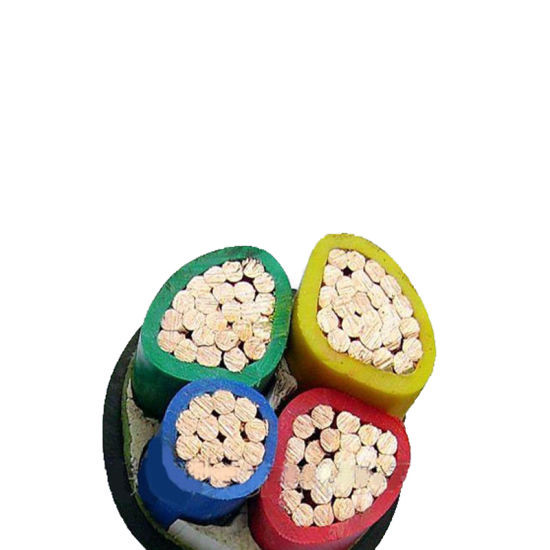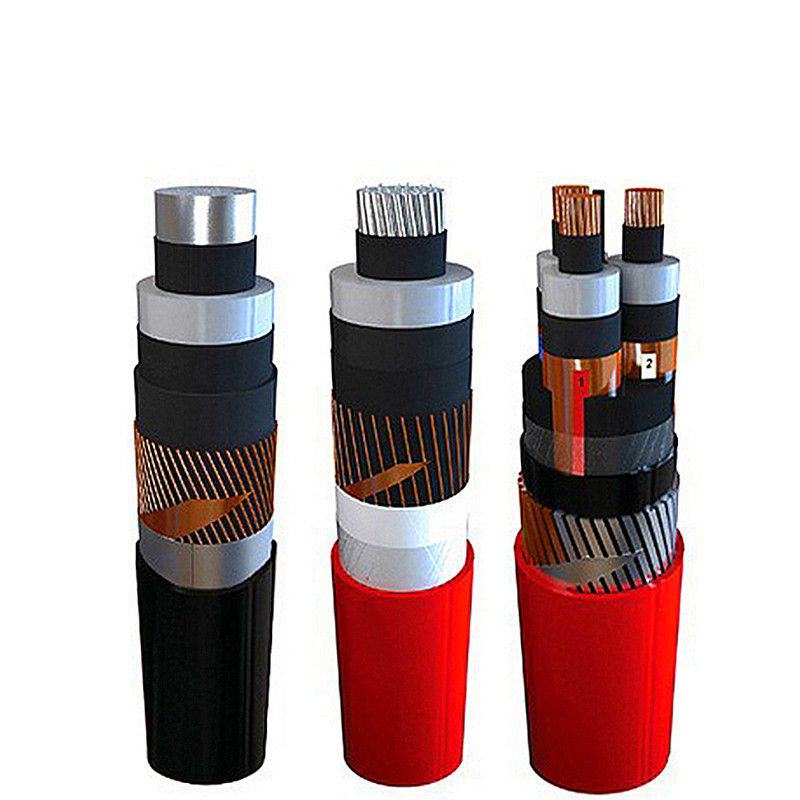-
![Fireproof cable cl···]() 2025-08-30 Fireproof cable classificati···
2025-08-30 Fireproof cable classificati···Fire-resistant cables are very popular. So, what are the different types of fire-resistant cables? Common types include NG-A, YTTW, BTTZ, BBTRZ, BTTRZ, and BTTVZ cables.NG-A: The outer sheath is made of aluminum, meaning it's replaced by a longitudinally welded corrugated copper tape with an alu
read more > -
![Introduction to YJ···]() 2025-08-30 Introduction to YJV cable mo···
2025-08-30 Introduction to YJV cable mo···YJV cable, or cross-linked polyethylene insulated and polyvinyl chloride sheathed power cable, is a low- and medium-voltage cable used for power transmission. The following are the main features and structure of YJV cable:1. Insulation Material: The insulation of YJV cable is made of cross-linked po
read more > -
![What is YJVR cable···]() 2025-08-30 What is YJVR cable? What is ···
2025-08-30 What is YJVR cable? What is ···1. YJVR CableYJVR cable is a flexible, steel-wire shielded control cable, typically used in environments requiring interference resistance and flexibility. The following are the main features of YJVR cable:1. Flexible Design: YJVR cable typically features a flexible design, enabling its use in appli
read more > -
![How to connect low···]() 2025-08-30 How to connect low voltage c···
2025-08-30 How to connect low voltage c···How to connect low-voltage cablesLow-voltage cable wiring requirements:1. There should be no joints, especially inside conduit. Cable joints must not cause fires, short circuits, or poor contact.2. When wiring ceiling cables, the main line must not be stepped and should be wrapped with fireproof tap
read more > -
![High voltage cable···]() 2025-08-30 High voltage cable models an···
2025-08-30 High voltage cable models an···The main types of high-voltage cables include YJV cables, VV cables, YJLV cables, and VLV cables.YJV cables stand for cross-linked polyethylene insulated and PVC sheathed power cables (copper core).VV cables stand for polyvinyl chloride insulated and PVC sheathed power cables (copper core).YJLV cabl
read more > -
![Key points for sel···]() 2025-08-30 Key points for selecting fla···
2025-08-30 Key points for selecting fla···According to national standards, bundled cables are classified into three flame-retardant grades: A, B, and C, based on the volume of non-metallic materials per meter.my country currently does not have detailed regulations regarding the flame-retardant grades used for high and low voltage cables in
read more > -
![What is the differ···]() 2025-08-30 What is the difference betwe···
2025-08-30 What is the difference betwe···I. The Difference Between Low-Voltage and High-Voltage CablesHigh-voltage cables, from the inside out, consist of conductor - inner semiconducting layer - insulation layer - outer semiconducting layer - metal armor - sheath.Low-voltage cables, from the inside out, consist of conductor - insulation l
read more > -
![How to prevent wat···]() 2025-08-30 How to prevent water from en···
2025-08-30 How to prevent water from en···Generally speaking, power cables are protected from water during production and must be kept dry internally. Due to the rigorous electric field and voltage testing, cables that have been exposed to water cannot be shipped.Once water has entered a cable, the electric field can cause water treeing, a
read more > -
![Causes and solutio···]() 2025-08-30 Causes and solutions for wat···
2025-08-30 Causes and solutions for wat···Cable explains the causes and solutions for water ingress in high and low voltage cable products!Causes:1: Newly purchased cable drums are sealed with plastic seals at both ends during storage. However, after a certain amount of cable is used, the remaining cable is wrapped in plastic paper and tied
read more > -
![What are the main ···]() 2025-08-30 What are the main reasons fo···
2025-08-30 What are the main reasons fo···What are the main causes of insulation breakdown in low-voltage cables?The first is mechanical damage. Damage to the insulation can occur due to heavy objects hitting the cable, accidental damage caused by excavators, excessive bending during installation, severe compression during shipping, and dam
read more >


